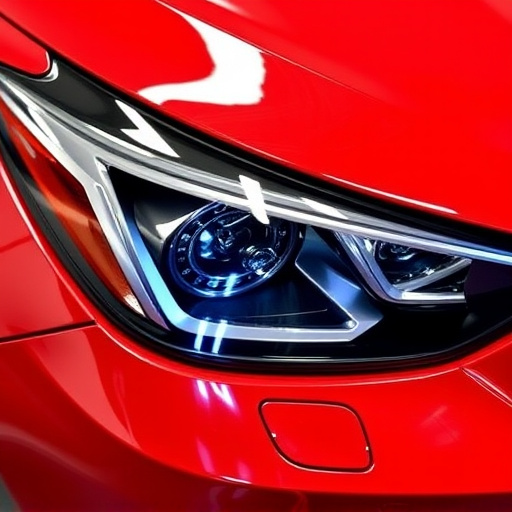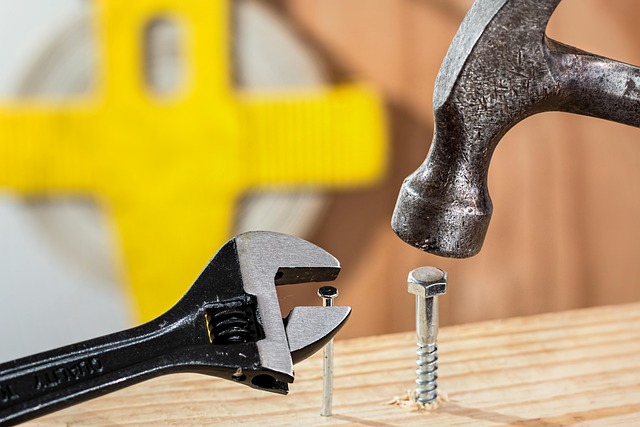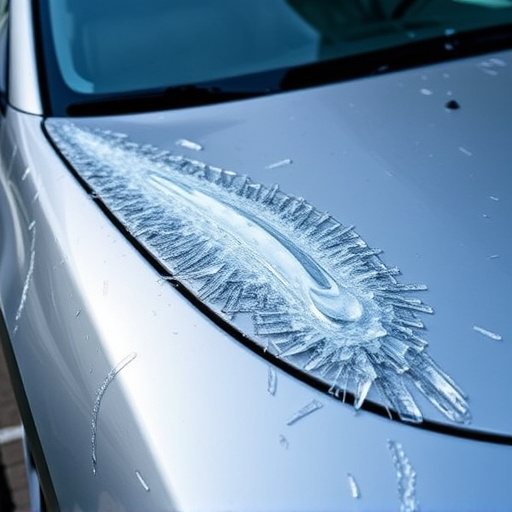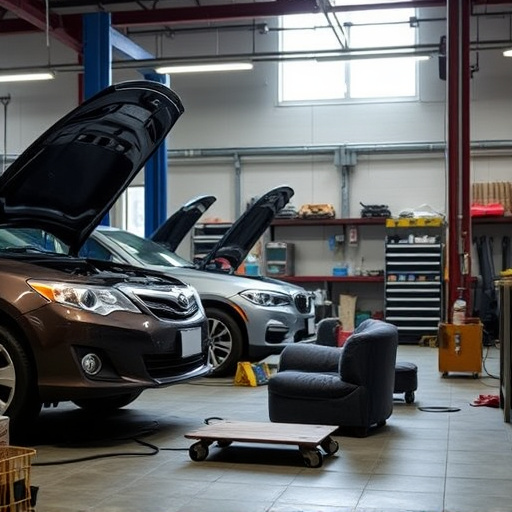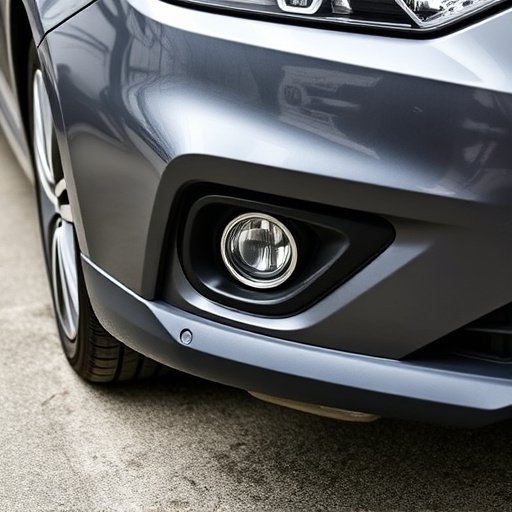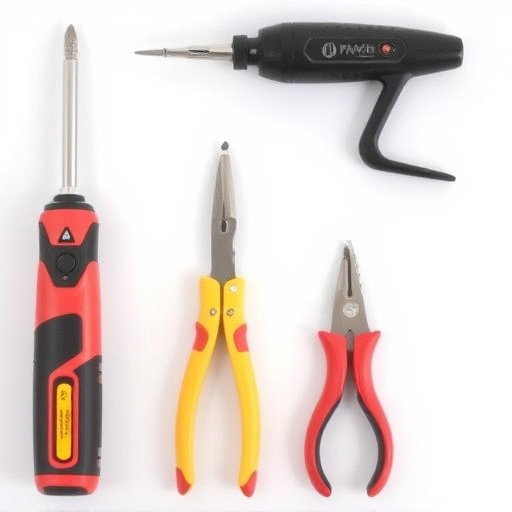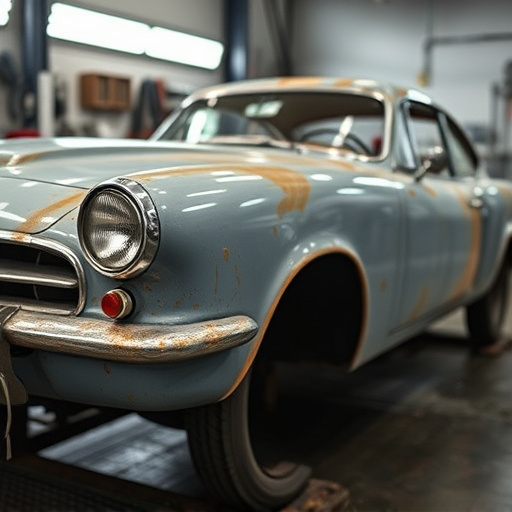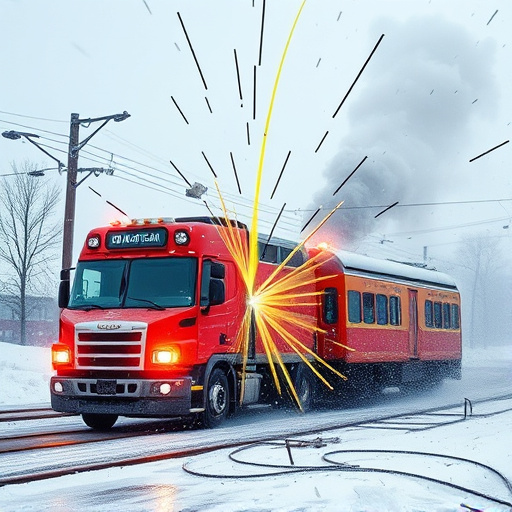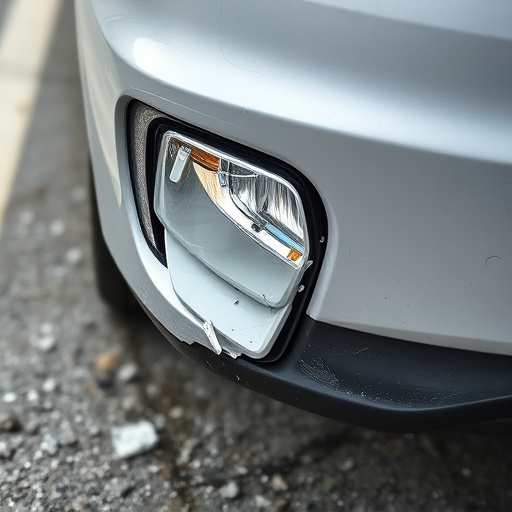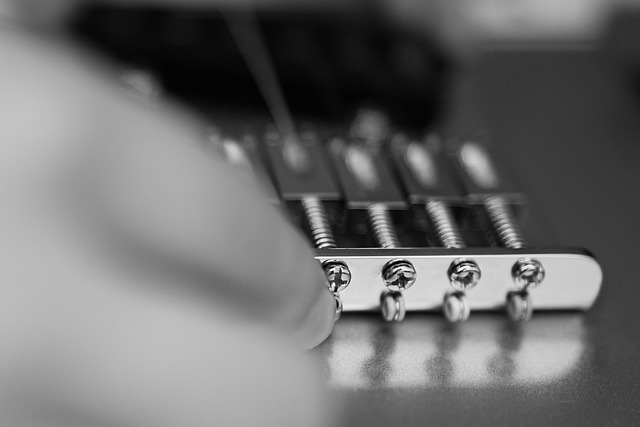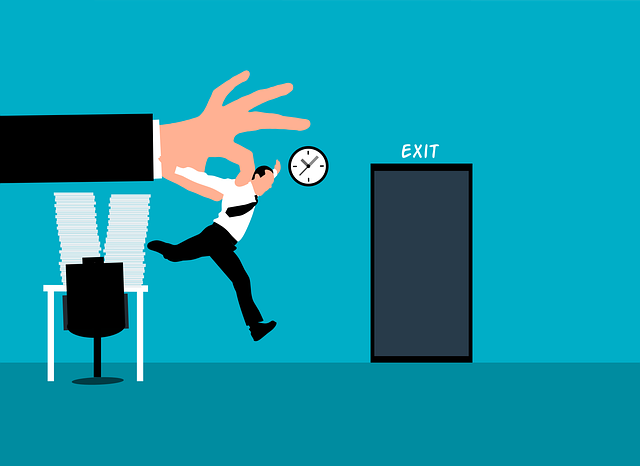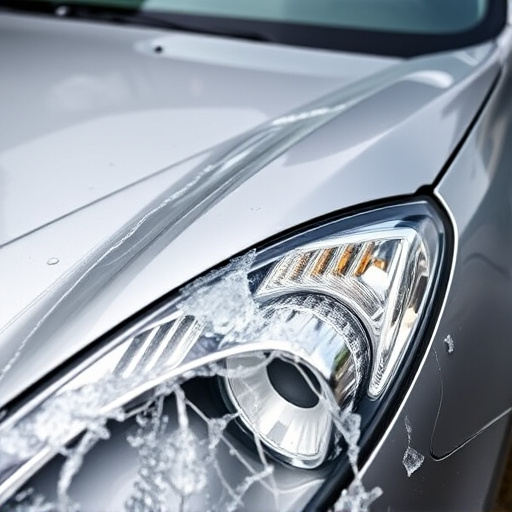Auto body shop direct repair operations must adhere to legal obligations for consumer protection and quality standards, including transparent estimates, industry guidelines, and regulatory compliance. Establishing liability is key for justice, with customers responsible for pre-existing conditions and shops obligated to perform competent repairs. Best practices include robust parts procurement, supplier management, quality control, adherence to manufacturer guidelines, certified technicians, thorough inspections, and detailed record-keeping to mitigate risks and protect against disputes.
In the dynamic landscape of automotive services, understanding liability in auto body shop direct repair cases is paramount. This comprehensive guide delves into the legal obligations that auto body shops face when conducting direct repairs, exploring the nuanced responsibilities between shops and customers. By examining key factors that establish liability, we offer best practices to mitigate risks, ensuring a robust framework for these specialized operations within the auto industry. Discover insights on navigating legal complexities in auto body shop direct repair.
- Legal Obligations for Auto Body Shop Direct Repair
- Establishing Liability: Customer vs. Shop Responsibility
- Mitigating Risk: Best Practices for Direct Repair Shops
Legal Obligations for Auto Body Shop Direct Repair

In the realm of auto body shop direct repair, understanding legal obligations is paramount. When a vehicle enters an auto body shop for direct repair following a collision, several legal and ethical duties come into play to ensure consumer protection and quality workmanship. The auto body shop is not merely performing collision repair services; they are also bound by duties of care and honesty, as the safety and satisfaction of the vehicle owner are paramount.
These legal obligations encompass providing transparent estimates, adhering to industry standards for car body restoration, and ensuring compliance with all relevant regulations. Failure to meet these standards can lead to liability issues, including potential lawsuits from dissatisfied customers or regulatory penalties. Thus, shops engaged in auto body repairs must stay vigilant, continually updating their knowledge of legal requirements and best practices in the ever-evolving landscape of auto maintenance.
Establishing Liability: Customer vs. Shop Responsibility
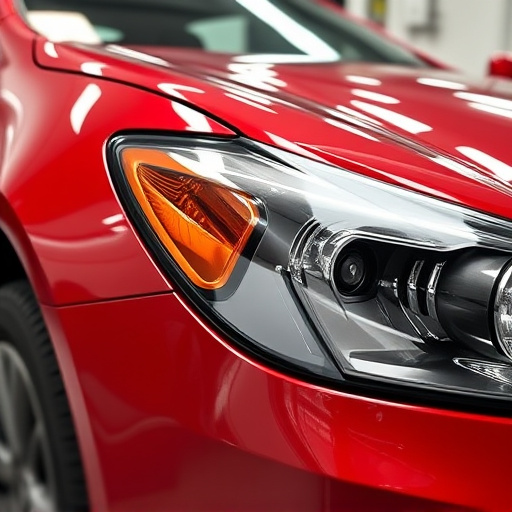
In auto body shop direct repair cases, establishing liability is a critical step in ensuring justice and compensation for damages. When it comes to customer versus shop responsibility, understanding who’s accountable is paramount. Customers are primarily responsible for the condition of their vehicles when they bring them into an auto body shop for repairs. This includes addressing any pre-existing damage or maintenance issues that could impact the repair process. On the other hand, auto body shops have a legal obligation to perform repairs competently and with reasonable care, adhering to industry standards and best practices.
A fender bender or minor car accident might initially seem like a simple matter of who’s at fault. However, in complex auto body repair scenarios, determining liability can be intricate. Evidence of negligence on the part of either party is crucial. This may include documentation of the initial damage, repair estimates, and expert opinions to substantiate claims. Establishing clear lines of responsibility not only facilitates fair compensation but also strengthens the integrity of the automotive repair industry as a whole.
Mitigating Risk: Best Practices for Direct Repair Shops
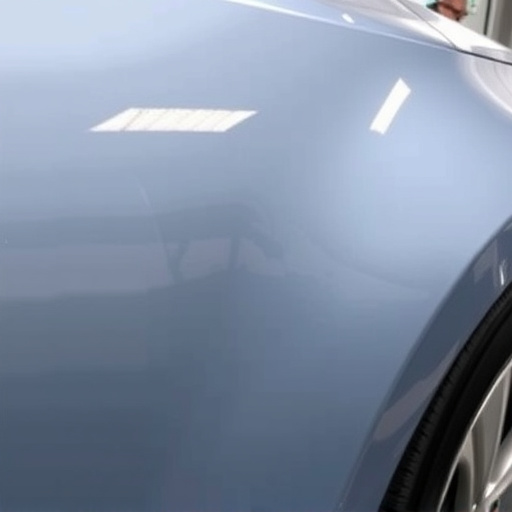
To mitigate risk and ensure operational success in auto body shop direct repair cases, collision repair shops must implement best practices tailored to their unique challenges. Firstly, establishing robust processes for parts procurement and supplier management is crucial. Direct repair shops should forge partnerships with reputable suppliers who can consistently deliver high-quality, authentic parts at competitive prices. Regularly reviewing and updating supplier contracts can help protect the shop from price fluctuations and ensure a steady supply chain.
Additionally, implementing rigorous quality control measures during vehicle repair processes is paramount. This includes adherence to manufacturer guidelines, use of certified technicians, and thorough inspections to minimize errors and rework. Maintaining detailed records of all repairs, parts used, and customer consents adds transparency and acts as a protective layer in case of disputes or legal issues related to collision repair services.
In conclusion, navigating liability in auto body shop direct repair cases requires a thorough understanding of legal obligations and risk mitigation strategies. By clearly defining responsibilities between customers and shops, and implementing best practices, businesses can ensure compliance, maintain customer trust, and foster a safer environment for all parties involved in the direct repair process. This knowledge is essential for any auto body shop aiming to thrive in today’s competitive market while upholding the highest standards of quality and service.
